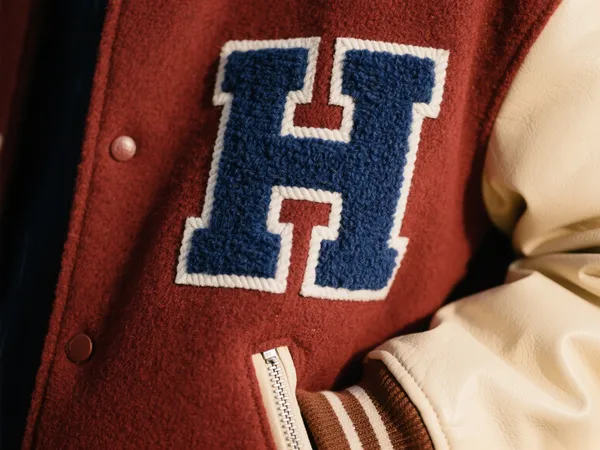Ношение taekwondo uniform is about more than just form and tradition—it’s about pride, discipline, and identity. One of the most visually expressive parts of any martial arts uniform is the patches. But taekwondo patch placement on uniforms follows a set of standards and symbolic meanings that every practitioner should understand.
This blog will walk you through the most common patch placements, their meanings, and how to properly position patches on your dobok (taekwondo uniform), whether you’re a new student or a black belt instructor.

What Are Taekwondo Uniform Patches?
Taekwondo uniform patches represent various elements of your training journey, including:
- Твой dojang (school) or association affiliation
- Твой country flag
- Rank or achievements
- Participation in tournaments or seminars
- Personal or philosophical emblems
Each patch adds to your martial arts story and showcases your development, loyalty, and values.
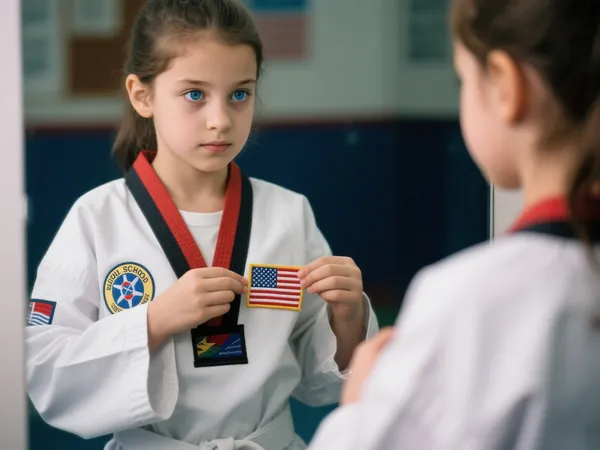
Standard Patch Placement Guidelines
While placement can vary slightly based on school, federation, or country, the following are widely accepted taekwondo patch placement practices:
1. Left Chest – School or Federation Patch
The left chest area is traditionally reserved for the dojang or federation patch. This patch represents where you train and is worn closest to the heart—a symbol of loyalty and pride.
- Example: ATA, ITF, WT, Kukkiwon logos
- Placement: Centered above the left breast pocket line
2. Right Chest – National Flag or Country Patch
The right chest often displays your country’s flag to signify your origin or where you represent your school.
- Example: USA flag, Korea flag
- Placement: Symmetrically aligned with the school patch on the opposite side
3. Left or Right Sleeve – Rank or Special Programs
Some schools use the sleeve area (usually upper arm) to add patches for:
- Instructor program participation
- Junior leadership teams
- Belt achievement patches
- Camp or tournament participation
Placement should be 1–2 inches below the shoulder seam, centered on the sleeve.
4. Back – Optional for Demonstration Teams
For demo or leadership teams, some uniforms include a large back patch with the school’s name, student’s last name, or a team designation.
- Placement: Centered between the shoulder blades
- Size: Typically large (10–12 inches wide)
This is less common in beginner uniforms and usually reserved for official demo or black belt teams.
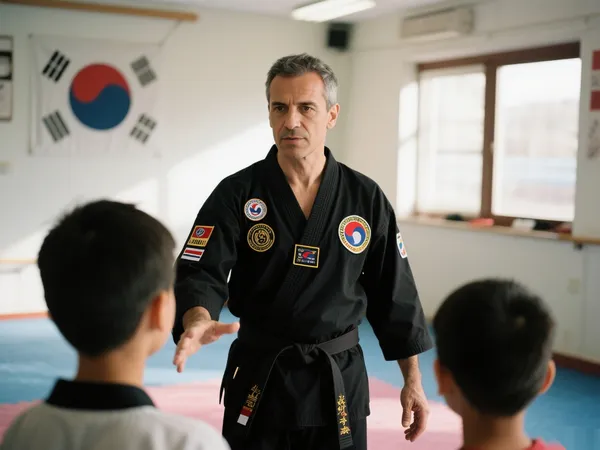
Patch Placement by Rank and Role
Patch rules may differ depending on whether you’re a white belt, color belt, или black belt, and whether you’re a student, instructor, или master.
- Color Belts: Typically have fewer patches (1–3 max), emphasizing foundational identity.
- Black Belts: May have more patches, including additional certifications or affiliations.
- Instructors: Often have special shoulder or sleeve patches designating their leadership status.
How to Attach Taekwondo Patches
There are generally two ways to apply patches to your dobok:
Метод приклеивания утюгом
- Fast and simple
- May not last after repeated washes
- Best for temporary or decorative use
Метод пришивания
- Highly durable
- Ideal for long-term attachment
- Recommended for official school or federation patches
Использовать white thread for white uniforms and black thread for black or dark doboks for a cleaner look.
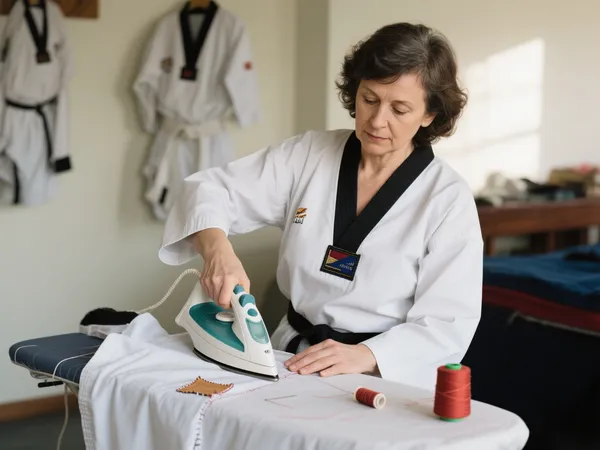
Tips for Proper Patch Placement
- Symmetry matters – Always align left and right chest patches horizontally.
- Check with your instructor – Each school or federation may have specific patch rules.
- Use a measuring tape – Ensure even spacing from seams or buttons.
- Avoid overcrowding – Stick to meaningful patches to maintain a respectful, neat appearance.
- Temporary test – Pin the patches on first to review placement before sewing or ironing permanently.
Why Patch Placement Matters in Taekwondo
Correct martial arts patch placement is not just for aesthetics—it reflects respect for the art, your instructors, and your peers. It also fosters unity within the school and helps spectators or judges identify students during tournaments or belt tests.
Improper or sloppy patch placement can give off the wrong impression and may even result in correction by instructors, especially in formal or high-level dojangs.
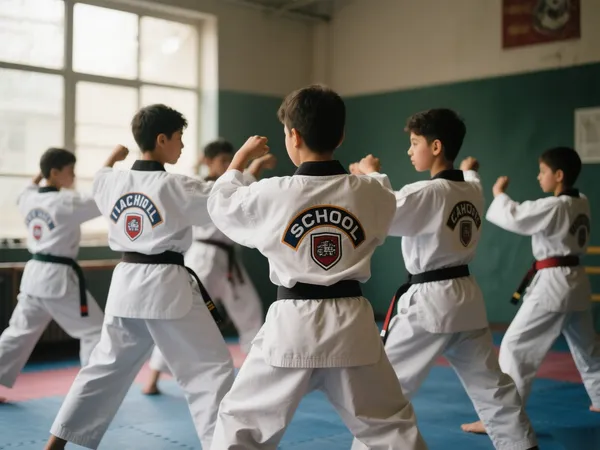
Заключение
Понимание taekwondo patch placement on uniforms is essential for presenting yourself with professionalism, discipline, and pride. By following the traditional guidelines and confirming with your school’s specific rules, you ensure that your uniform reflects your journey, achievements, and respect for the art.
So whether you’re stitching on your first school patch or preparing your demo team uniform, make every placement count—it’s a visual expression of your martial path.

